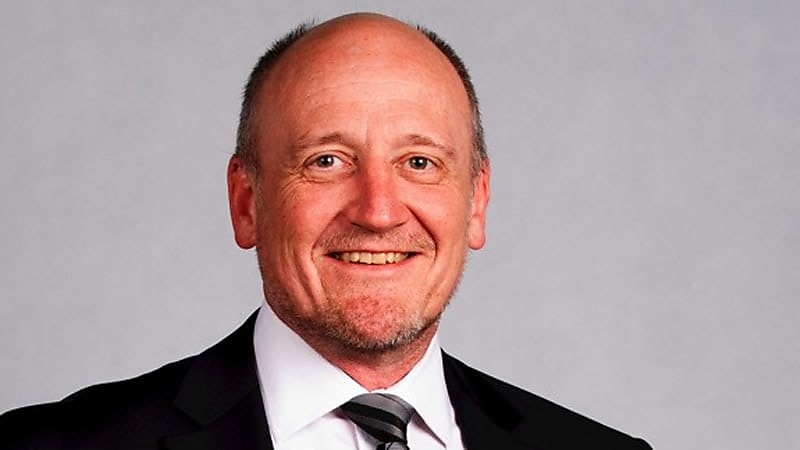SMSF asset growth trailing industry super funds

While the growth of SMSF assets is behind the pace of industry funds, the SMSF segment is still outperforming retail super funds.
A recent Rainmaker report based on ATO statistics has indicated that in the five years to March 2022, total assets in SMSFs only grew 5.4 per cent per annum.
This was about half the rate of the growth of the not-for-profit fund segment which saw its total assets increase 10.1 per cent.
Retail super funds saw the slowest growth, increasing just 3.1 per cent per annum.
The research company noted that the growth of SMSFs has slowed since the introduction of the transfer balance cap in 2017.
Rainmaker Information executive director of research and compliance, Alex Dunnin, said despite the dampened metrics the SMSF segment is still a huge pool of capital — particularly for fund managers able to attract it.
According to the Australian Taxation Office, almost one dollar in every five held in SMSFs is in a pooled investment product, being a managed fund, a life insurance policy or some type of collective trust.
This equates to $168 billion, almost half the size of the entire retail managed funds sector — which makes it a significant funds management opportunity, particularly as this SMSF allocation has consistently increased.
Rainmaker noted that SMSFs were well positioned during the start of the pandemic due to their exposure of cash which accounted for around 25 per cent of all assets in 2020.
The exposure to cash has since declined among SMSFs.
SMSF assets held in equities and property has stayed remarkably stable and remains at around 36 per cent and 16 per cent respectively.
Fixed interest, on the other hand, is showing explosive with fixed interest holdings growing fivefold, according to Rainmaker.
“While equities, property and other asset classes have stayed steady, pooled investments and fixed interest appear to be where funds are being diverted,” said Mr Dunnin.
“SMSF investors appear to be maintaining a preference for the more risk averse asset classes, but a surge in interest rates may play a role in returning funds back to cash.”






